Top 5 Exploding Corvette Myths
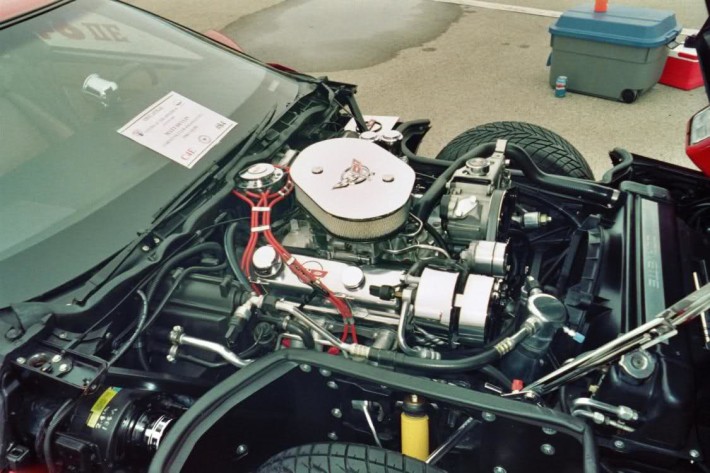
Corvette Forum members are some knowledgeable and interesting people. It’s part of the reason this is the top stop for all things Corvette. However, there are some things that just won’t die off, no matter how much knowledge people drop, thanks to the way-too-fast Internet Age. Senior member toobroketoretire posted up sixteen pervasive C3 myths, and then wisely refuted each one. It’s a solid read, and we highly recommend checking it out, but for now, we’ve picked out our top five (in no order) of the ones that still apply to modern ‘Vettes.
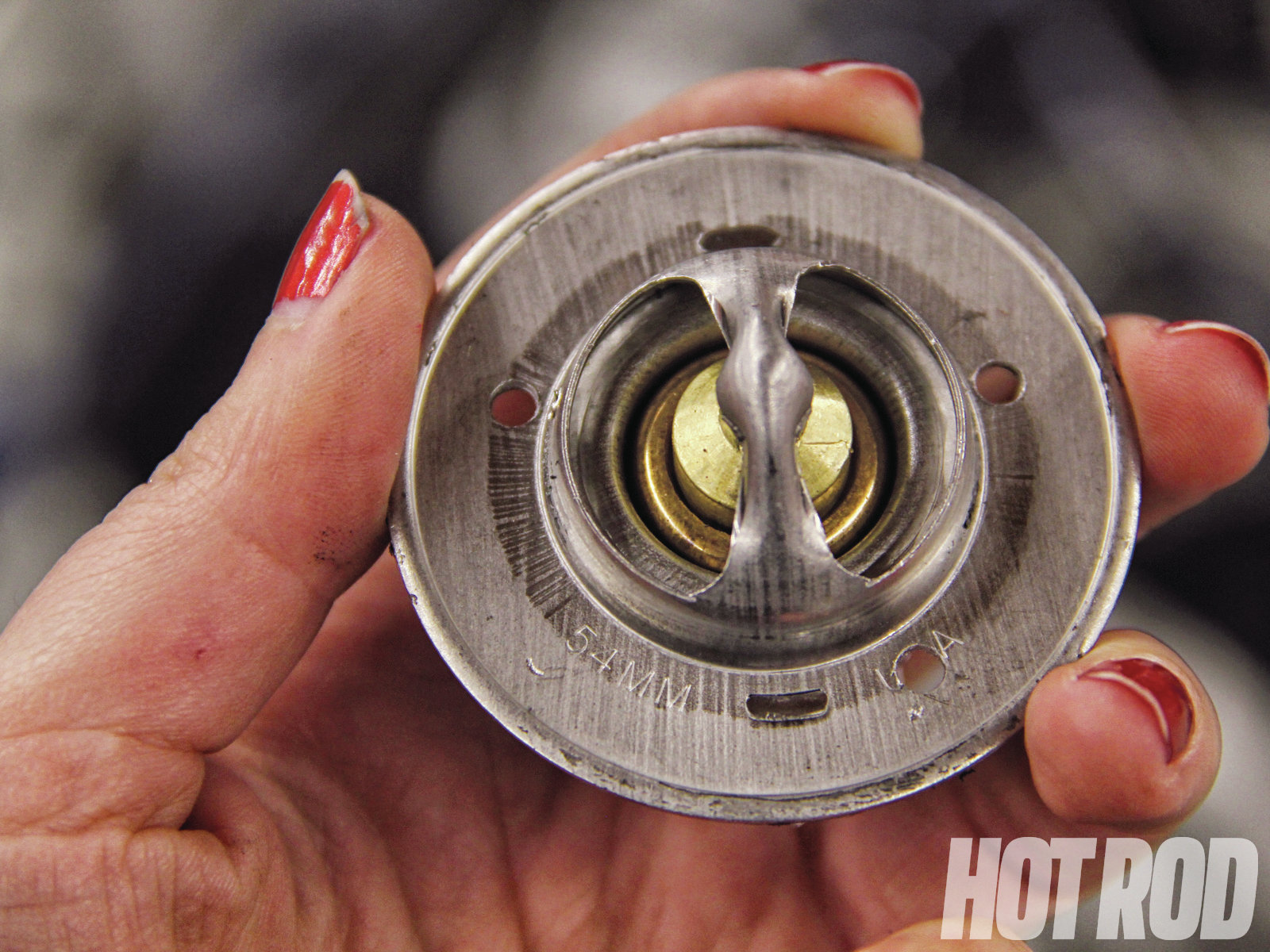
1. Thermostats need holes drilled into them
It’s simply amazing how often this still gets brought up, and you don’t need to do it. Most guys do it for the same reasons as #2 on this list, but they will also drill it to fill the coolant faster. The advice that toobroketoretire mentions for the C3: “The only advantage holes give you is the ability to fill the cooling system a tiny bit faster. But in real cold weather those holes will prevent the engine from warming up quickly because coolant is being allowed to circulate thru the radiator prematurely.”
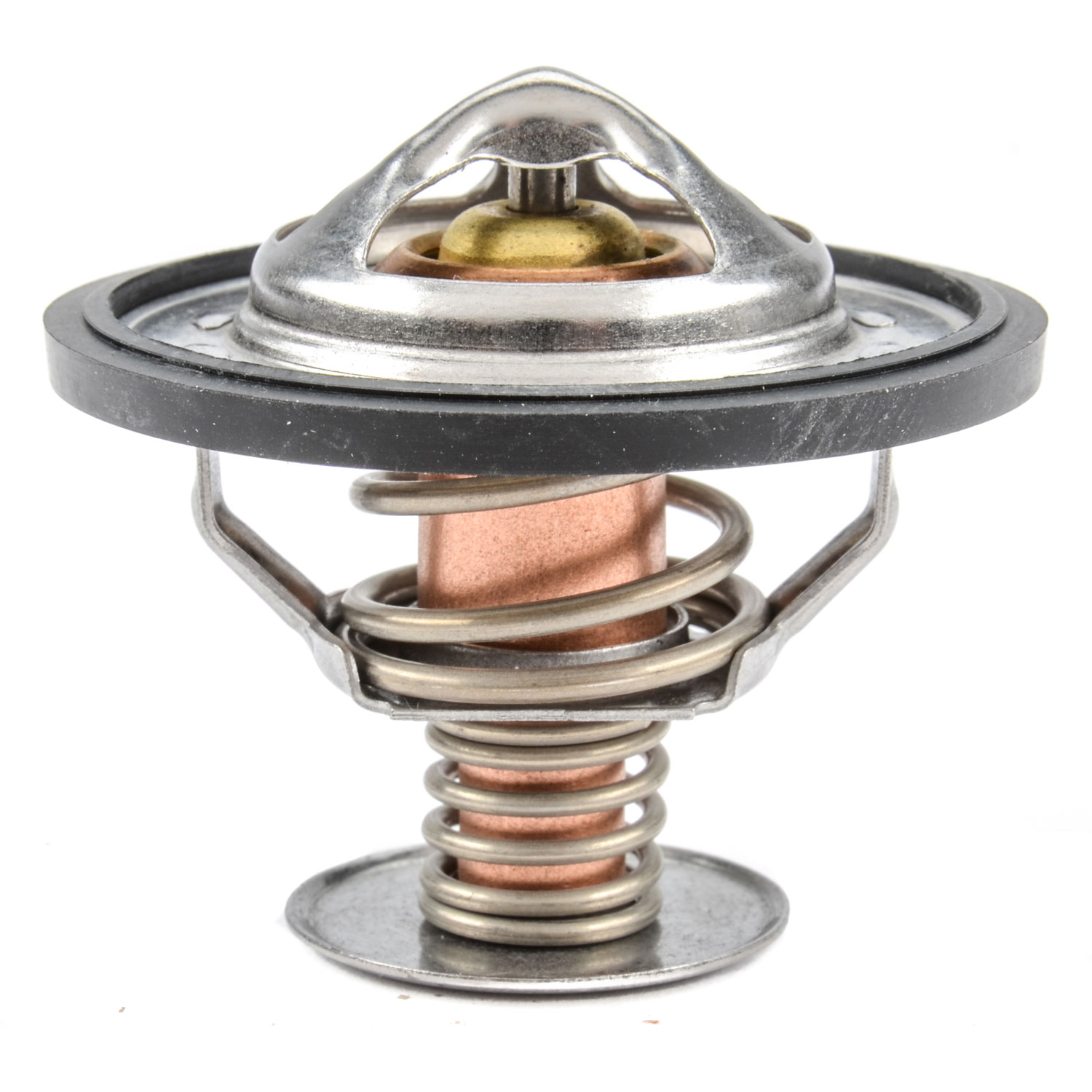
2. Cooler thermostats allow cooler engine temperatures
This and drilling a hole in the thermostat are the two top misguided reasons to try to make power on a naturally aspirated, electronically controlled engine. The thought is that a lower temperature will cause the engine to run richer. Yes it does, but you aren’t making power because of it. Also, when it comes to the C3, “once the thermostat opens its up to the radiator… the air flow (through) it (cools) the engine.” You aren’t gaining anything from doing it, so someone please put these thermostat myths to bed already.
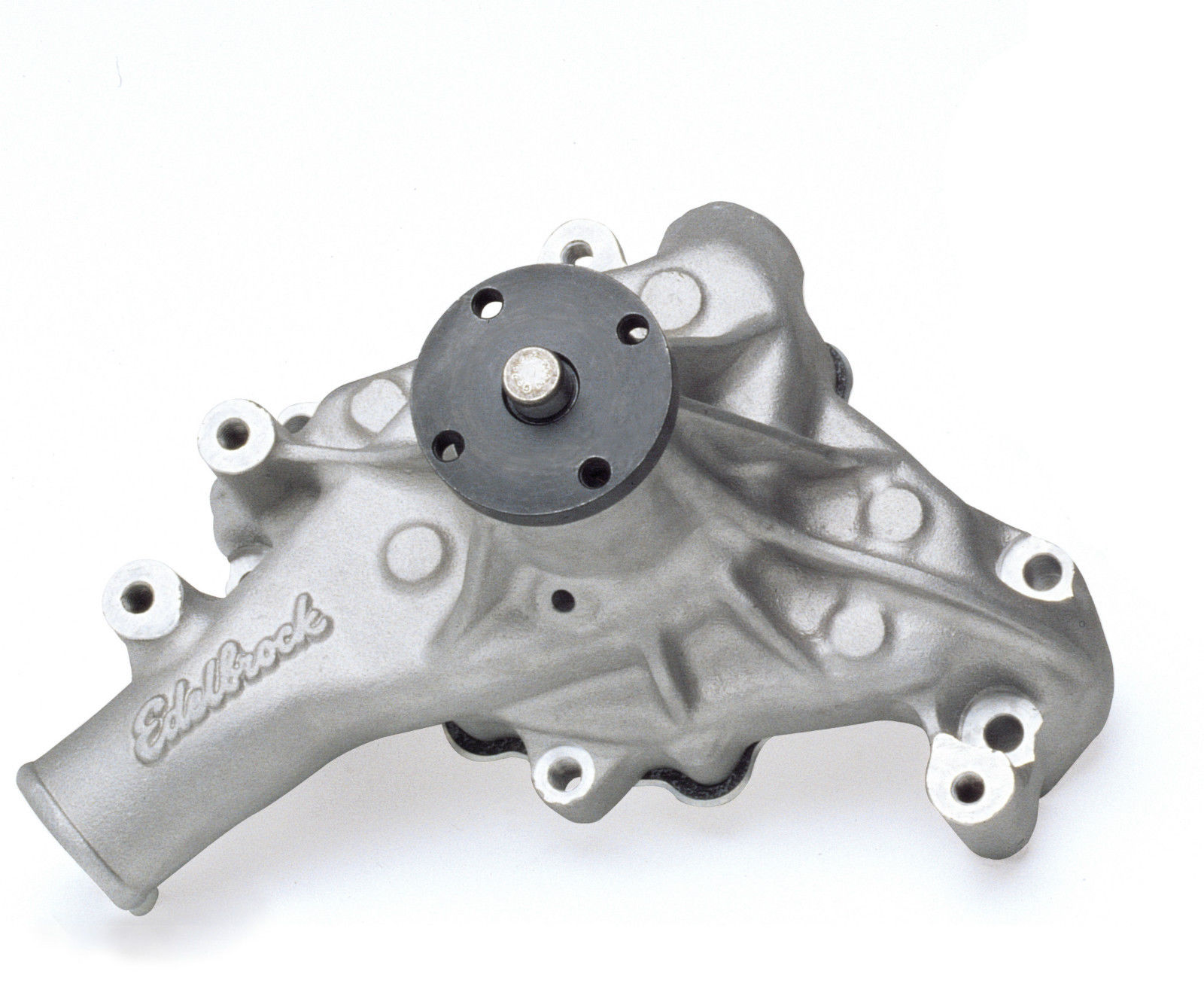
3. High volume water pumps make the engine run cooler
Nope, big fat no on this one, too. The only reason you’d need to increase the pump volume of your water pump is if you have a larger system for the coolant to flow through, like a bigger radiator or even moving the radiator to the back like in a rallycross car, drift car, or Trophy Truck. “(Coolant) must remain in the radiator core long enough to shed heat and speeding it up accomplishes nothing other than making you poorer and the manufacturer richer.”

4. Chevrolet engines need 36 degrees of total timing in by 2000 rpm
Yep, another horsepower myth for those running pump gas and it’s because their drag racin’ buddy is doing it on his Nova. With 110 leaded fuel. You’re not doing yourself a favor by doing the same on your Corvette, even with 93 octane. “This is true for drag racing when running 100+ octane gasoline but for street engines running 87 to 93 octane gasoline 30-32 degrees @ 4000 rpm is preferred to prevent pinging. If 36 degrees @ 2000 rpm was needed for street driven cars (GM) would have provided distributors that allowed that.”
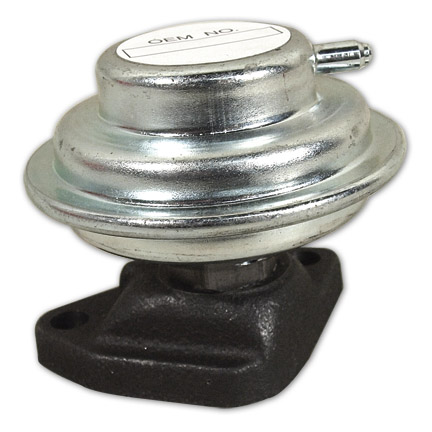
5. EGR valves cause a loss in horsepower at wide open throttle
BECUASE THE GOV’MENT KILL HERSEPEWER. No, removing your Exhaust Gas Recirculation valve doesn’t give you more power and no it doesn’t cause a loss at WOT. The EGR valve closes at WOT because it operates on a vacuum and, if you actually took a mechanics class, you’d know that you have nearly zero vacuum at WOT. On top of that, the EGR on modern vehicles is actually optimized for your engine. While we’re at it, the EGR is NOT there to suck in unburnt gasoline in the exhaust. If it were, your engine isn’t running right anyhow. It is, instead, used to bring in exhaust gasses that are non-combustible in order to lower the cylinder temperature to reduce NOx emissions. The thing VW said it was doing, but actually cheated on, because it wasn’t.
